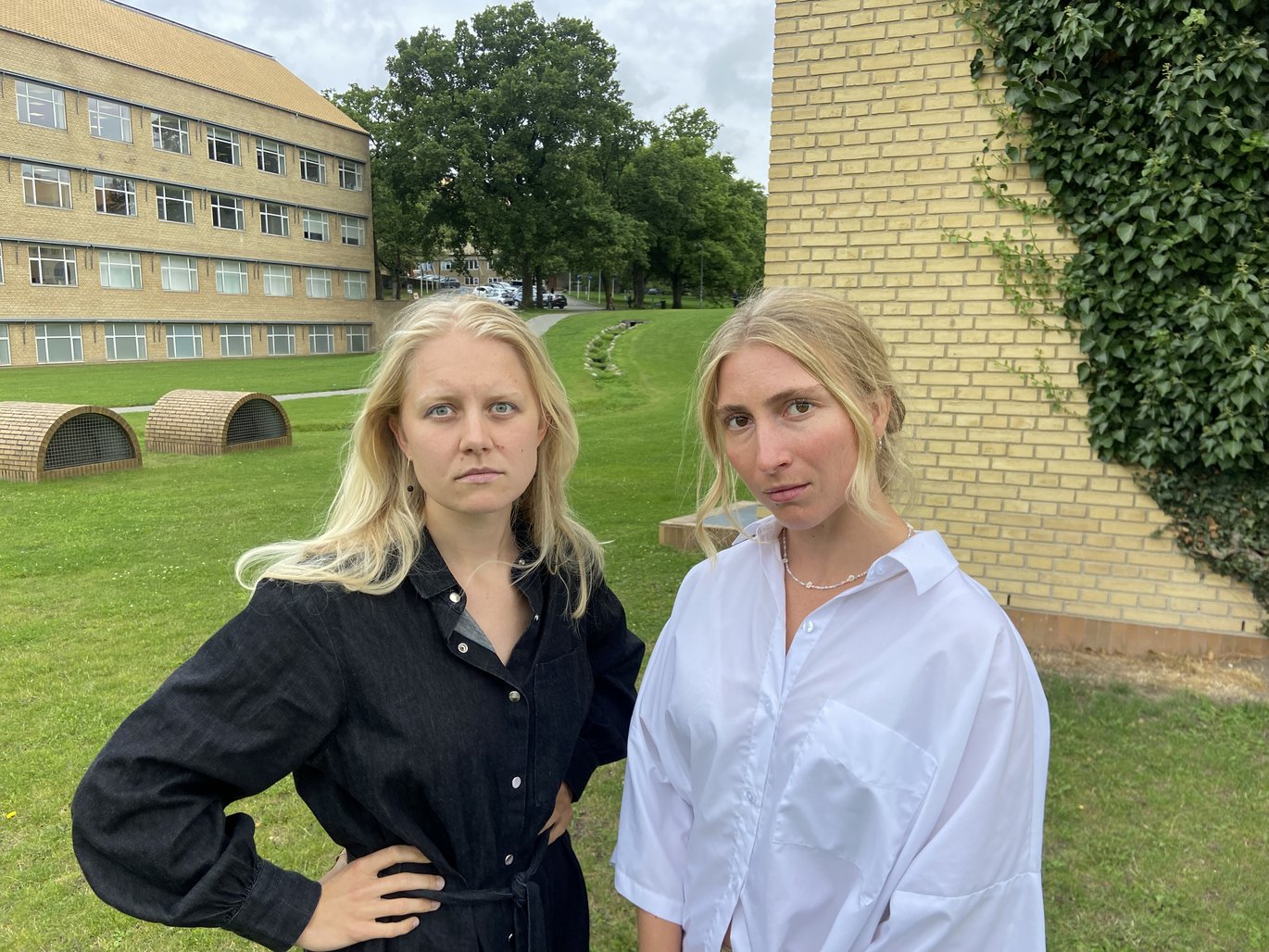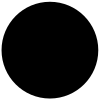OPINION: Medical students: At AU we learn too little about what WHO considers the greatest threat to global health
Despite the fact that the World Health Organization (WHO) regards climate change as the greatest threat to global health in the future, medical students at Aarhus University learn too little about the link between climate and health. AU should take inspiration from the University of Copenhagen and from universities abroad, where the subject plays a larger role in medical education, write two medical students.

This is an opinion piece, the views expressed in the column are the writers’ own.
In Denmark, we are most satisfied when everyone can receive equal treatment in all parts of our small country. That, in many ways, requires that the doctors we train in different parts of Denmark receive roughly the same education. But if you compare the two universities that graduate the most doctors nationally, they’re preparing us for the future in completely different ways – a future in which the climate crisis and biodiversity crisis will affect our health to a far greater extent than ever before.
While the University of Copenhagen in recent years has made headlines in the Danish media for introducing more sustainability into the medical degree programme, sustainability is almost entirely absent from the lecture halls at Aarhus University.
Copenhagen University has revised the medical curriculum and has even involved students in the effort to incorporate relevant sustainability perspectives and skills across all eight health-related programmes. Two examples of this are that medical students in the new curriculum encounter both the issue of overuse in healthcare – addressed through a focus on overdiagnosis – and the interconnectedness of animal and human health in the now mandatory One Health course. Both are aspects of sustainability in healthcare, and both are important. As students, we must understand both the health consequences of the climate and biodiversity crises, and the improvement potential within our own sector.
In Aarhus, however, you can make it all the way to your final year of medical school without having been properly introduced to the connection between climate and health.
Although it’s now included as part of the Public Health course in the Aarhus medical programme, this is not enough when we are talking about climate change as the greatest threat to global health in the 21st century. These are not our words but those of the The World Health Organization (WHO) – the world’s leading health organisation. The threat comes partly from the increasing number of heatwaves and floods, which, in addition to their direct effects, can impact food supplies, increase the spread of infectious diseases, and cause mental health challenges. Air pollution also worsens cardiovascular and respiratory diseases and increases the risk of premature death. In Denmark alone, air pollution is estimated to cause around 4,200 premature deaths annually (text in Danish).
Looking beyond Denmark’s borders, there is plenty of help and inspiration to be found for the medical curriculum – for example, in the Netherlands, in the UK, in Australia, and in Norway, where four universities have joined forces to develop a complete curriculum that has been made available to other universities internationally.
The healthcare sector’s mission is to promote public health – but it also has a significant resource consumption and carbon footprint that contributes to climate change. It makes sense to train future doctors, department heads, and other healthcare professionals to understand this bigger picture so they can address the complex challenges that lie ahead.
In other words: the University of Copenhagen has taken the lead in Denmark. There are international resources available. And there is, in fact, no time to waste.
This text is machine translated and post-edited by Cecillia Jensen

